How AI Stole My Em Dash (and Possibly My Soul)
It’s Me. I Swear
For reasons no teacher could ever adequately explain, I never learned how to use a comma. It’s not that I didn’t try. I diagrammed sentences. I circled predicates. I stayed after class. But no matter how many worksheets I completed, I never understood why one sentence earned a comma and another didn’t. It all felt arbitrary, like teenage crushes or the price of avocados.
So, at some point, I simply gave up. Not on punctuation entirely, just on the rules. I discovered that if I wanted a pause—a real, weighty pause—I could just put one in. Right there. With a comma. And if one didn’t feel like enough, I could add another. Or three. I became the Jackson Pollock of punctuation, flinging commas across the page with abandon. Some sentences had more commas than vowels. You could practically hear me breathing through them.
It all unraveled several years ago when a development editor looked up from my pages the way people look at a taxidermied pet and muttered, ‘Wow. There are a LOT of commas in here.’
Her name was Amanda, and she was kind in the way food critics are: direct, vaguely amused, and unabashedly judgmental. She introduced me to the em dash.
I had seen it before, lurking at the edge of legal documents and British literature. It looked like a minus sign that had gone through a growth spurt. But Amanda used it like a scalpel. It sliced through my bloated sentences offering space, clarity, and just the right amount of drama. A breath, but without the wheeze.
I fell in love.
I began dashing everything. Thoughts, detours, full paragraphs. It was like discovering a button on the thermostat labeled ‘Make Guests Leave Faster.’
Life was good.
Until a few weeks ago, when a friend sent me an email with the line: “You know AI loves the em dash, right?”
I blinked. “What?”
“It’s kind of a giveaway. When I see too many, I assume it’s ChatGPT.”
I stared at my screen, gutted. Not because I doubted her, but because I could suddenly imagine AI reviewers everywhere, circling my em dashes like red flags and muttering, “These stories are too human to trust. Too clean to be real.”
Have I become a real person mistaken for a bot? Would I have to abandon the one punctuation mark that truly understood me—just to pass as human?
I tried alternatives: the semicolon (smug and overeducated), the colon (aggressively tidy), sentence fragments (moody, prone to exaggeration and bad grammar). And don’t get me started on the ellipsis. Nothing worked. Nothing breathed like the em dash. Nothing gave me the same power to wander mid-thought and still be welcomed back at the end of the sentence.
So I’ve made peace with it.
I’m not a bot. AI hasn’t cracked the way I write...yet. So yes, I still do this the old-fashioned way, because I like to. I like the work of it, the mess of it. I’m just a man with unresolved comma trauma and a deep, possibly diagnosable love for pauses that linger a beat too long. I do it in person, on stages, and in writing. If AI wants to borrow that—fine. Let them scan my work. Let them doubt my humanity.
But let’s be clear: I was microdosing em dashes before AI could string together a sentence without sounding like it was raised by a refrigerator manual.
Soon, it’ll be nearly impossible to tell what’s real and who’s real. The essays we read, the people we follow, the voices we trust—they might all be simulated, optimized, and branded in Helvetica. I don’t know where that leaves authenticity, or if anyone will still care once the fakes get good enough.
Still, it feels weird that AI took the em dash before it took anything else. Like it knew exactly where to hurt us—or at least me—first.
